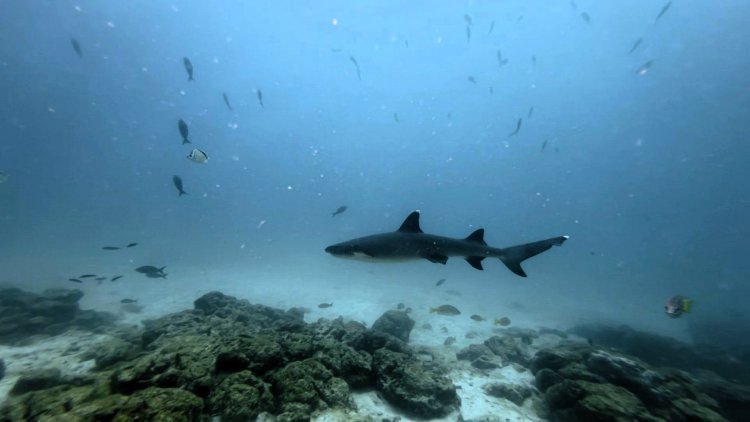Galapagos Marine Reserve Threatened

The Galapagos Marine Reserve in Ecuador is a haven for the flurry of creatures and plants that live in the waters surrounding the Galapagos Islands, where naturalist Charles Darwin found inspiration for his theory of natural selection.
Industrial fishing boats hover menacingly on the edges of Ecuador's Galapagos Marine Reserve, where schools of multicolored fish and hammerhead sharks frolic in the protected Pacific waters.
The reserve is a haven for the flurry of creatures and plants living in the waters around the Galapagos Islands where naturalist Charles Darwin found the inspiration for his theory of natural selection.
But outside its boundaries, not delineated by any physical barrier, there is no protection on the high seas where these same species also venture.
The sharks, turtles, iguanas, sea lions and fish that thrive in the Galapagos "don't understand political boundaries," Stuart Banks, a senior marine scientist at the Charles Darwin Foundation, said on board Greenpeace's Arctic Sunrise research vessel.
"So they're going to be moving between different territories and that's when they're most at risk, particularly to things like industrial fishing and bycatch."
The solution, according to Greenpeace, is to secure a much larger area of ocean by creating the first-ever marine protected area on the high seas bordering the Galapagos Marine Reserve.
But for this to happen, at least 60 countries must ratify the High Seas Treaty adopted by United Nations member states last June. Only two have done so to date.
The reserve of nearly 200,000 square kilometers is one of the world's largest and most biodiverse with more than 3,000 species, many of them found nowhere else.
The Galapagos Islands are designated a UNESCO Natural World Heritage site.
Another reason to protect the area is its attraction for tens of thousands of visitors every year.















